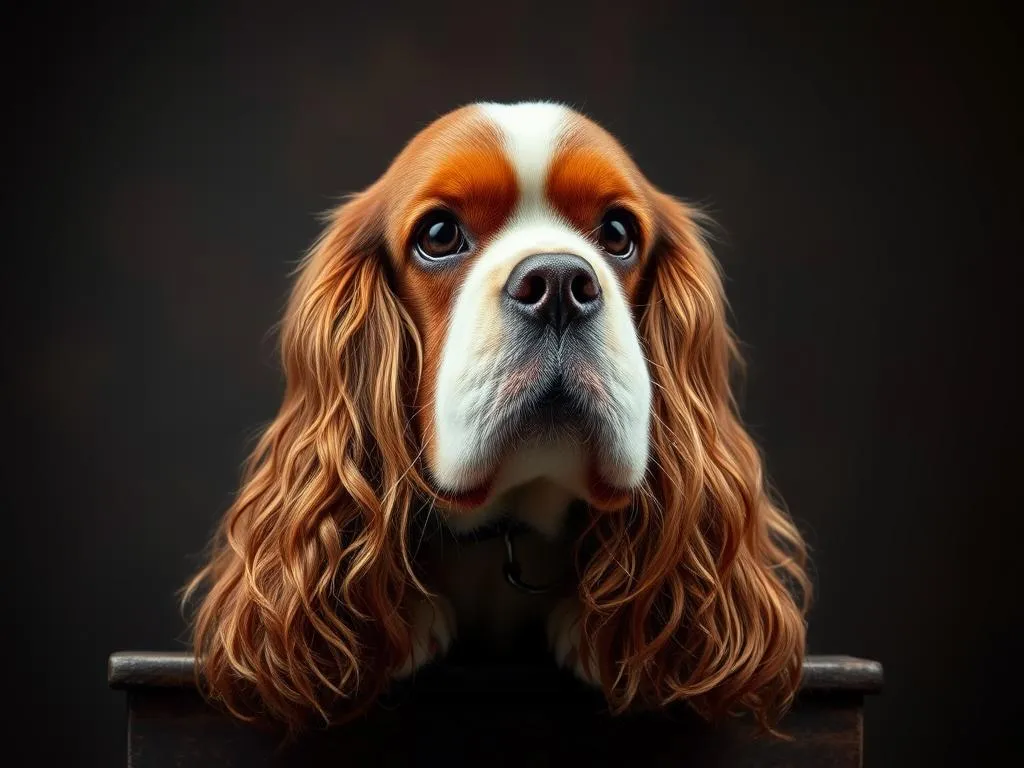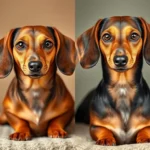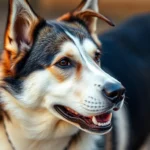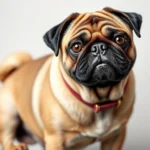
Owning a dog is a rewarding experience, offering companionship and joy to many households. Different breeds come with unique characteristics, making some more suitable for certain lifestyles than others. Among these breeds, the Cavalier King Charles Spaniel stands out as a favorite due to its affectionate nature and charming appearance. However, potential dog owners often wonder about shedding, particularly, does a Cavalier King Charles Spaniel shed a lot? Understanding this aspect is crucial for anyone considering adding a Cavalier to their family.
Understanding Shedding in Dogs
What is Shedding?
Shedding refers to the natural process through which dogs lose their old or damaged fur. This is a normal part of their life cycle and varies significantly across breeds. Dogs experience a shedding cycle that consists of three phases: the anagen (growth), catagen (transition), and telogen (resting) phases. During the anagen phase, new hair is actively growing, while in the catagen phase, growth slows down, and in the telogen phase, the hair rests before eventually falling out.
Why Dogs Shed
Shedding is a natural mechanism for fur regeneration. Dogs lose old hair to make way for new growth, which helps maintain a healthy coat. Several factors can influence shedding, including:
- Seasonal Changes: Many breeds shed more during spring and fall as they transition between winter and summer coats.
- Health: Illness, allergies, and skin conditions can lead to increased shedding.
- Diet: A poor diet lacking essential nutrients can affect the health of a dog’s coat.
Common Myths about Shedding
There are various misconceptions surrounding dog shedding. One common myth is that all dogs shed equally. In reality, shedding varies from breed to breed. Another misconception is that shedding only occurs seasonally; however, many dogs shed continuously throughout the year, albeit in varying amounts.
Cavalier King Charles Spaniel Overview
Breed History and Characteristics
The Cavalier King Charles Spaniel has a rich history that dates back to the 16th century, where they were favored by nobility. Named after King Charles II of England, these dogs were bred as companions and retain their affectionate nature to this day.
In terms of physical characteristics, Cavaliers are small, typically weighing between 13-18 pounds and standing about 12-13 inches tall at the shoulder. They have a silky, medium-length coat that comes in various colors, including Blenheim (chestnut and white), tricolor (black, white, and tan), ruby (solid red), and black and tan. Their gentle expression and large, round eyes further enhance their charm.
Grooming Needs of Cavalier King Charles Spaniels
Regular grooming is essential for Cavaliers, not just for aesthetic reasons but also to maintain coat health. Their long hair can easily become tangled or matted if not cared for properly.
Recommended grooming tools include:
- Slicker brushes for detangling
- Pin brushes for smoothing
- Comb for checking for mats and debris
Frequency of Grooming Sessions
Grooming should be done at least once a week, but more frequent sessions are recommended, especially during shedding seasons. Bathing can be done every 4-6 weeks, using a gentle dog shampoo to avoid drying out their skin.
Shedding in Cavalier King Charles Spaniels
Do Cavalier King Charles Spaniels Shed a Lot?
When it comes to shedding, the Cavalier King Charles Spaniel falls into the moderate category. They shed year-round but tend to experience heavier shedding during seasonal changes. Compared to other small dog breeds, Cavaliers shed more than some hypoallergenic breeds, such as Poodles or Bichon Frises, but less than larger breeds like Golden Retrievers.
Seasonal Shedding Patterns
Cavaliers typically shed more in spring and fall. During these times, pet owners may notice an increase in loose hair around the house. It’s essential to be prepared for these changes and to adjust grooming routines accordingly.
Factors Affecting Shedding in Cavaliers
Several factors can influence how much a Cavalier sheds.
- Diet: A well-balanced diet rich in omega fatty acids can promote a healthy coat, potentially reducing shedding.
- Health: Regular vet check-ups can help identify underlying health issues that may lead to excessive shedding.
- Environment: Stressful living conditions or changes in routine can also affect shedding patterns.
- Spaying/Neutering: Some studies suggest that spaying or neutering may influence shedding, although opinions vary among veterinarians.
Managing Shedding in Cavalier King Charles Spaniels
Effective Grooming Practices
To minimize shedding, a consistent grooming routine is essential. Here’s a step-by-step process:
- Brush the Coat: Start with a slicker brush to remove tangles, followed by a pin brush to smooth the coat.
- Check for Mats: Use a comb to investigate areas prone to matting, such as behind the ears and under the legs.
- Bathe When Necessary: Bathe your Cavalier every 4-6 weeks, ensuring to rinse thoroughly to prevent skin irritation.
- Dry and Brush Again: After bathing, dry your Cavalier and brush them again to remove any loose hair.
Recommended Grooming Schedule
A grooming schedule might look like this:
- Daily: Quick brush (especially during shedding season)
- Weekly: Full grooming session (brushing, checking for mats, and cleaning ears)
- Monthly: Bathing followed by a thorough brush
Diet and Nutrition
A nutritious diet can significantly impact the health of your Cavalier’s coat. High-quality dog food that includes omega fatty acids and essential vitamins can promote a shiny, healthy coat while potentially reducing shedding. Supplements, like fish oil, can also be beneficial.
Environmental Factors
Maintaining a clean home with a shedding dog can be challenging but manageable. Here are some tips:
- Use lint rollers or pet hair vacuums to quickly remove hair from furniture and clothing.
- Invest in washable throw blankets for your couch to easily clean up after your Cavalier.
- Regularly clean your home to minimize hair accumulation.
Health Considerations
Regular vet check-ups are crucial for identifying any health issues that might exacerbate shedding. Conditions like allergies, skin infections, or hormonal imbalances can lead to excessive shedding. Keeping up with vaccinations and flea treatments also plays a role in maintaining your dog’s overall health.
Conclusion
In summary, Cavalier King Charles Spaniels do shed, but their shedding is considered moderate compared to other breeds. Understanding the shedding patterns and implementing effective grooming practices can significantly help manage this aspect of pet ownership. A well-balanced diet and regular vet check-ups will also contribute to a healthy coat and minimize excessive shedding.
As with any breed, it’s essential for potential owners to consider their lifestyle and ability to manage shedding before bringing a Cavalier into their home. With proper care and attention, these affectionate dogs can be a wonderful addition to any family.
FAQs
Are Cavalier King Charles Spaniels hypoallergenic?
No, Cavaliers are not considered hypoallergenic. They do shed, and their fur can trigger allergies in sensitive individuals.
How often should I groom my Cavalier King Charles Spaniel?
You should groom your Cavalier at least once a week, with more frequent grooming sessions during shedding seasons.
What can I do if my Cavalier is shedding excessively?
If your Cavalier is shedding excessively, check their diet for nutritional deficiencies, ensure regular vet check-ups, and maintain a consistent grooming routine.
Are there any specific health problems to watch for in Cavaliers related to shedding?
Yes, watch for signs of allergies, skin infections, or hormonal imbalances, as these can lead to increased shedding. Regular veterinary visits will help identify and address these issues early.









